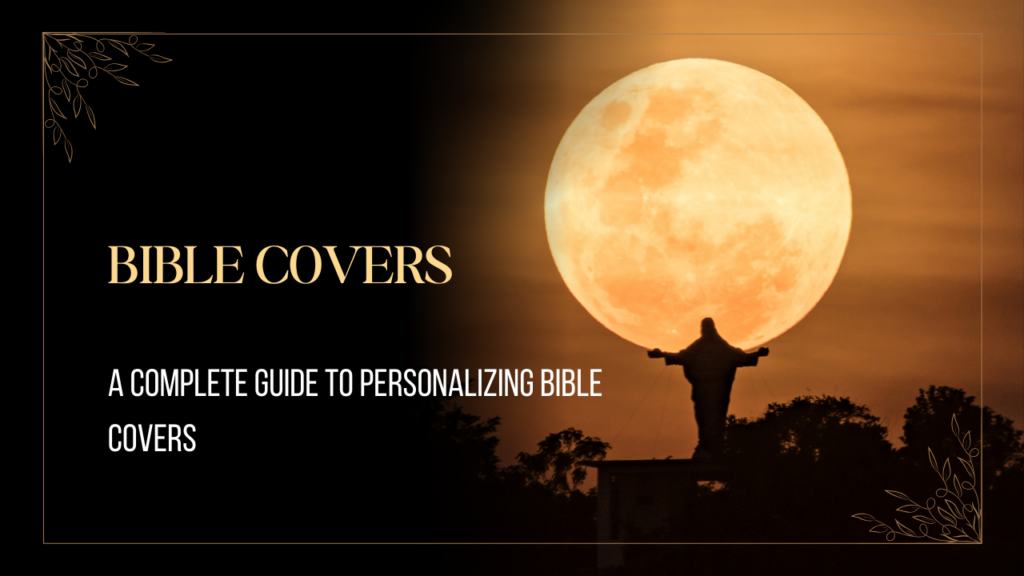Introduction
WNT Bible Translation Problems: The WNT (World New Testament) Bible translation, like many translations, faces various challenges in its quest to accurately convey the ancient scriptures. In this article, we will explore common issues and problems associated with the WNT Bible translation, including accuracy concerns, linguistic difficulties, and theological debates. Understanding these challenges is essential for anyone studying or comparing this version of the Bible to others.
Translation Accuracy: The Core Issue

One of the most significant issues with WNT Bible translation accuracy is the difficulty in capturing the full meaning of ancient texts. Translators must balance faithfulness to the original languages with readability in modern languages. This challenge is not unique to the WNT, but it remains a major concern for critics of the translation. There are times when the translator’s choices may seem to skew the original text’s meaning, leading to disagreements among scholars and readers alike.
Common Problems in Translating WNT Bible Text
When translating the WNT Bible, there are several problems in translating WNT Bible text. For example, some Hebrew and Greek words have no direct equivalent in English, leading to the need for either approximations or reinterpretations. Furthermore, the syntax and structure of these ancient languages can present difficulties in making the text flow naturally in modern languages, often resulting in awkward phrasing or omissions.
Challenges Faced in WNT Bible Translation
There are numerous challenges faced in WNT Bible translation, ranging from linguistic to theological. Translators must work with ancient manuscripts that have been passed down through generations, each with slight variations. Additionally, language itself evolves, and what might have been an accurate translation at one time can become outdated or misunderstood as language changes.
Theological Issues in WNT Bible Translation
Theological issues in WNT Bible translation also arise, particularly when the text is interpreted in a way that may differ from traditional theological perspectives. Different religious communities may interpret certain passages differently, which can lead to conflicts over the correct interpretation of certain verses or even entire books. These theological debates over WNT Bible translation choices often center around doctrine, tradition, and the perceived “accuracy” of the translation.
Understanding Linguistic Difficulties in WNT Translation
Linguistic challenges in WNT Bible translation are a major source of difficulty. Ancient languages like Greek and Hebrew have structures that do not directly map to modern English grammar. Idiomatic expressions, cultural references, and wordplays in the original languages often cannot be conveyed in a straightforward translation. These challenges may result in translations that are technically correct but are difficult for modern readers to understand without additional context.
Criticisms and Errors in WNT Bible Translation
Many critics of the WNT Bible point to errors in translation that they believe misrepresent the original texts. These criticisms often focus on specific verses or sections that appear to be mistranslated. Some believe that the translation is too literal, while others argue that it takes too much liberty with the text. Understanding WNT Bible translation errors and corrections is an ongoing process, as translations are revised and updated to address these concerns.
Comparing WNT Bible to Other Translations
When comparing the WNT Bible translation to others, it is important to consider the WNT Bible translation compared to other versions for its unique strengths and weaknesses. For example, some other translations like the King James Version (KJV) or the New International Version (NIV) may have different approaches to translating certain phrases or concepts. Studying these differences can help readers gain a more nuanced understanding of the Bible and its many interpretations.
Conclusion: Overcoming Translation Problems
The WNT Bible translation issues are part of a broader conversation about how to faithfully convey the message of ancient scriptures to modern readers. While there are certainly problems with accuracy, linguistic challenges, and theological debates, these are not unique to the WNT Bible alone. The ongoing work of scholars, translators, and theologians will continue to address these issues, striving for a translation that is both accurate and understandable. As with all translations, the goal is to preserve the original meaning while making it accessible to contemporary audiences.

